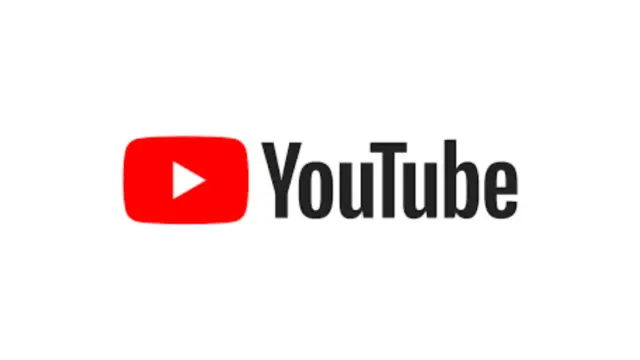
YouTube, the world’s leading video-sharing platform, is intensifying its efforts to combat ad-blocking software with a new tactic: server-side ad injection. This move represents a significant escalation in the ongoing cat-and-mouse game between YouTube and users who employ ad blockers to skip advertisements.
What is Server-Side Ad Injection?
Traditionally, YouTube has relied on client-side ad insertion, where ads are delivered separately from the video content to the user’s device. Ad blockers can easily detect and remove these ads. However, server-side ad injection embeds advertisements directly into the video stream before it reaches the user’s device, making it much harder for ad blockers to identify and block them.
YouTube’s Ongoing Fight Against Ad Blockers
YouTube has been experimenting with various methods to counter ad blockers for some time. Last year, the platform introduced pop-up notifications urging users to disable ad blockers to continue watching videos. However, this approach proved unpopular and led to negative user feedback.
This latest development with server-side ad injection has reportedly disrupted some ad-blocking services, causing timestamps on videos to be misaligned due to the inserted ad timings. While still in the experimental phase, the impact on users and ad-blocking companies is already being felt.
Ad Blocker Companies Respond
Ad-blocking companies like SponsorBlock and AdGuard have acknowledged YouTube’s latest move. They remain optimistic about finding solutions but admit that it will require collaboration and innovative approaches from the ad-filtering community.
Why is YouTube Taking This Action?
YouTube’s primary motivation for combating ad blockers is financial. Advertisements are a crucial revenue source for the platform, and ad blockers directly impact its bottom line. By implementing server-side ad injection, YouTube aims to ensure that all viewers, including those with ad blockers, are exposed to ads, thus safeguarding its advertising revenue.
Implications for Users
For users, this new approach could mean that ad blockers become less effective on YouTube. While this might be frustrating for some, it’s important to remember that advertising revenue supports the creation of free content on the platform. YouTube Premium, the platform’s subscription service, offers an ad-free experience as an alternative.
YouTube’s battle against ad blockers is far from over. It is likely that ad-blocking companies will continue to adapt and develop new techniques to circumvent YouTube’s countermeasures. This ongoing struggle highlights the complex relationship between content creators, platforms, advertisers, and users in the digital age.


















